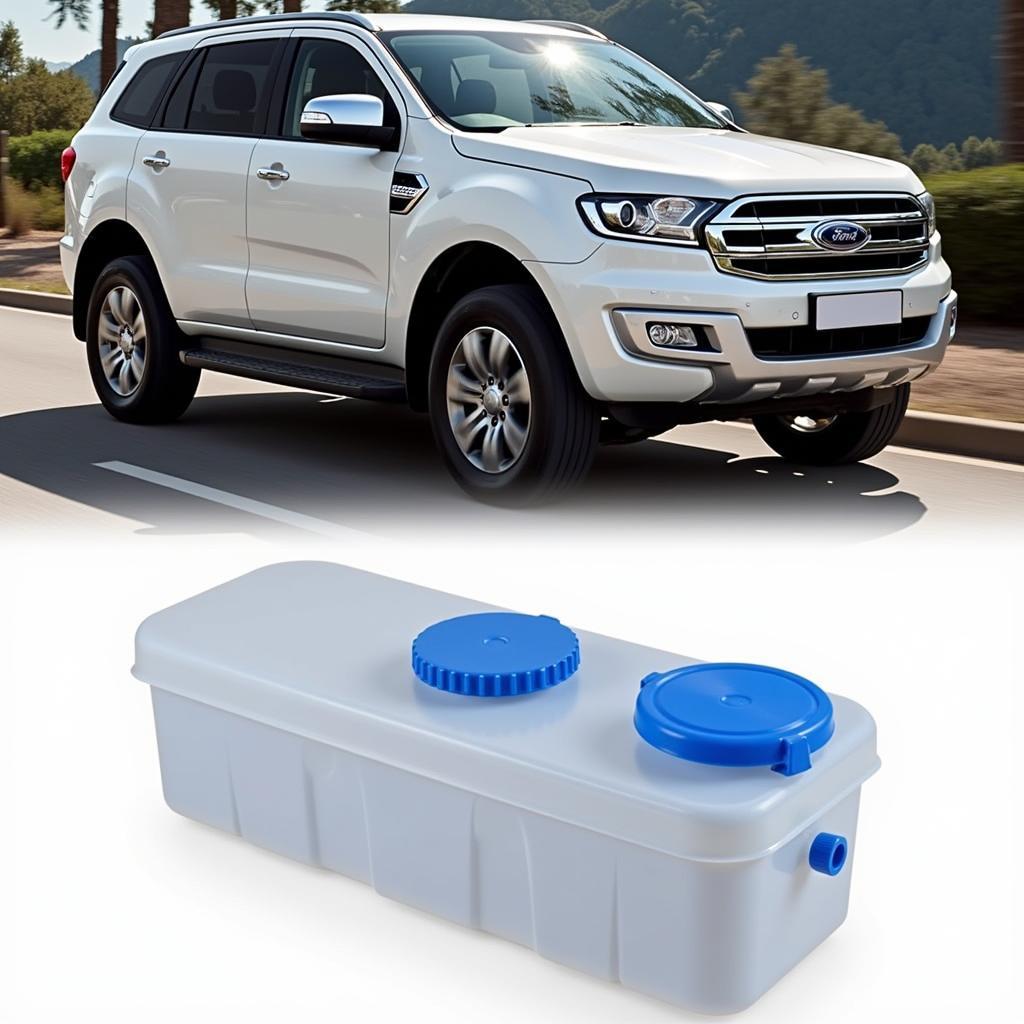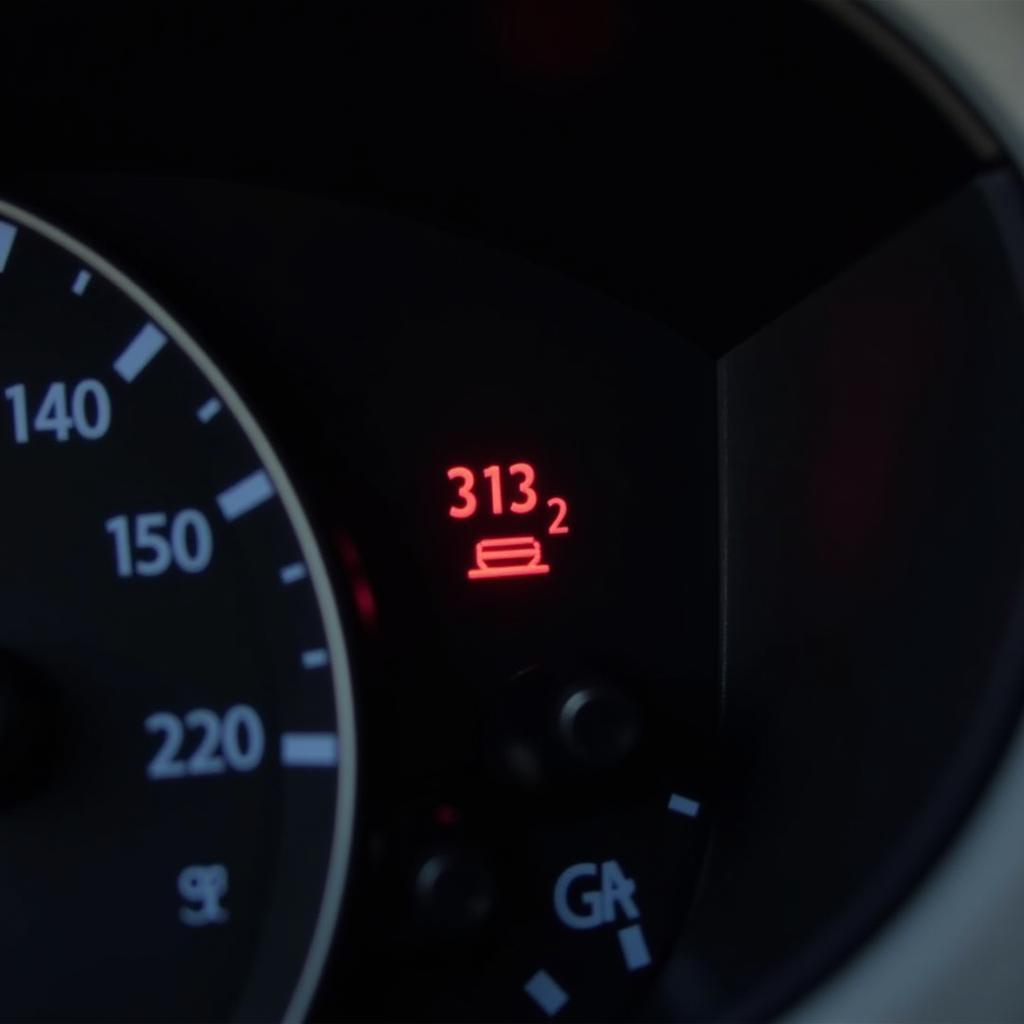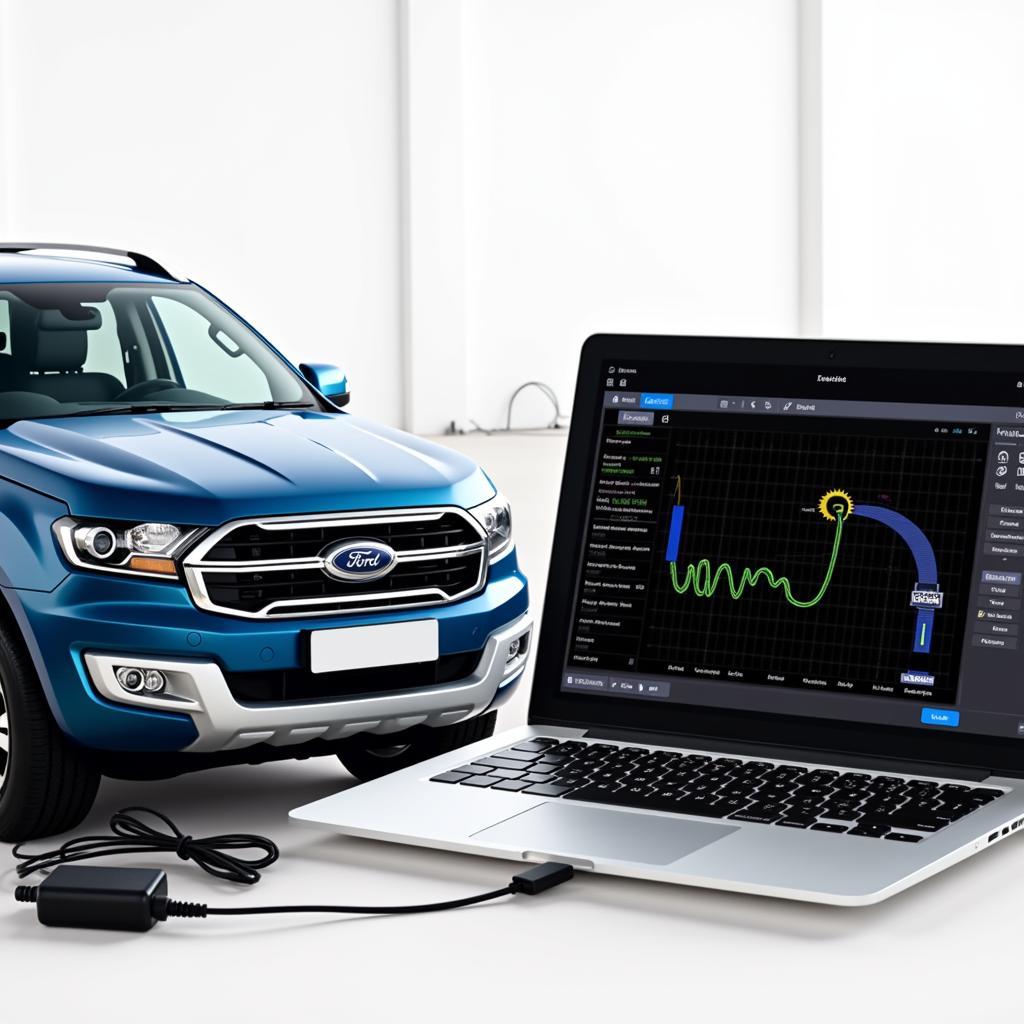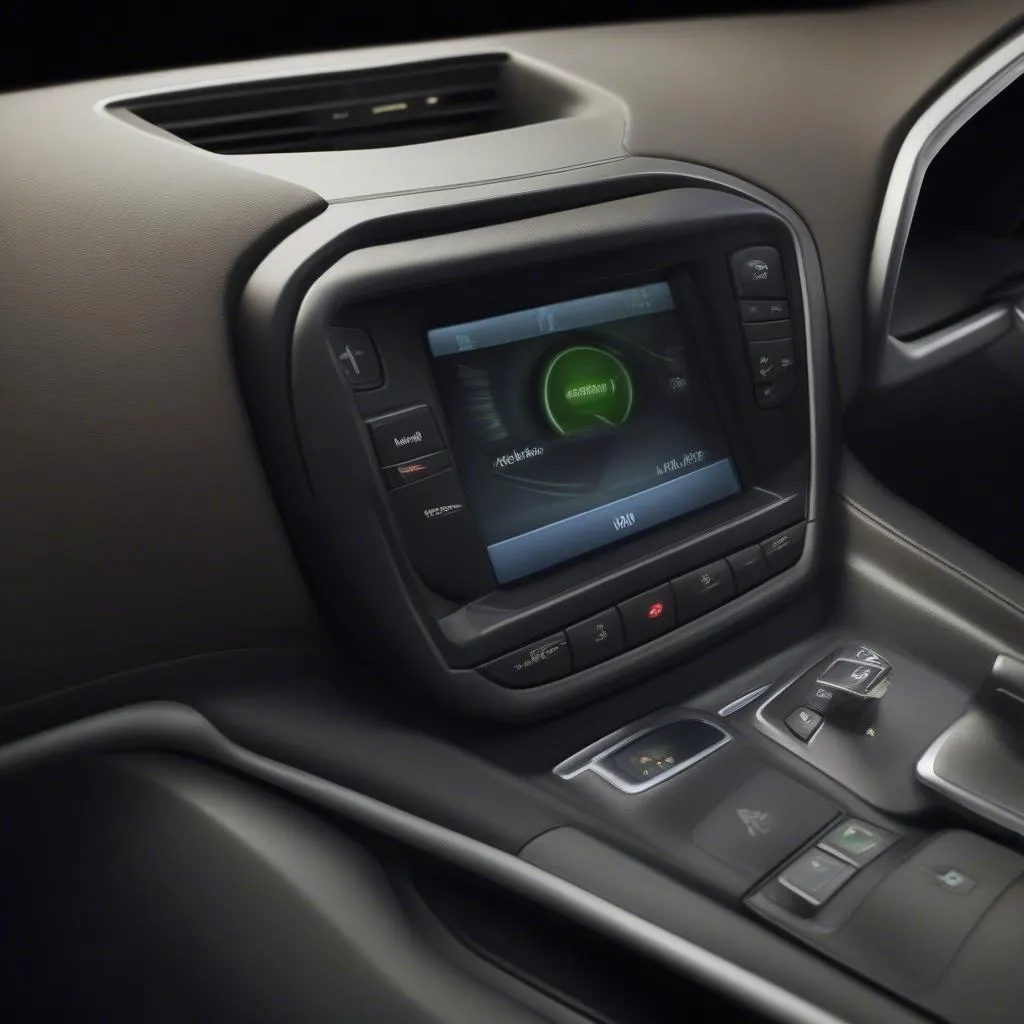The dreaded AdBlue warning light on your Ford Everest dashboard can be a source of frustration and confusion. This comprehensive guide delves into the intricacies of the Ford Everest AdBlue system, providing you with the knowledge and steps to troubleshoot and resolve AdBlue warnings, ensuring your SUV runs smoothly.
What is AdBlue and Why is it Important for your Ford Everest?
AdBlue, also known as Diesel Exhaust Fluid (DEF), is a crucial component in your Ford Everest’s emissions control system. This specially formulated solution, composed of urea and deionized water, helps reduce harmful nitrogen oxides (NOx) emissions from your diesel engine, converting them into harmless nitrogen and water vapor. This process not only protects the environment but also ensures your vehicle complies with stringent emissions regulations.
How the AdBlue System Works in Your Ford Everest
The AdBlue system in your Ford Everest operates through a series of precisely coordinated components. When exhaust gases exit the engine, they pass through the Selective Catalytic Reduction (SCR) system. Here, AdBlue is injected into the exhaust stream. The heat from the exhaust converts the AdBlue into ammonia, which then reacts with the NOx in the exhaust, effectively neutralizing them.
Common Causes of Ford Everest AdBlue Warnings
Several factors can trigger an AdBlue warning light in your Ford Everest. Understanding these potential causes is the first step towards effective troubleshooting.
- Low AdBlue Level: The most common reason for the warning is simply a low AdBlue level. Regularly topping up your AdBlue tank will prevent this issue.
- AdBlue System Malfunction: A faulty sensor, pump, or injector within the AdBlue system can also trigger a warning.
- Poor Quality AdBlue: Using AdBlue that doesn’t meet the required ISO 22241 standard can contaminate the system and cause problems.
- Software Glitches: Occasionally, a software glitch in the vehicle’s control module can lead to an erroneous AdBlue warning.
 Ford Everest AdBlue Tank Location
Ford Everest AdBlue Tank Location
Troubleshooting Ford Everest AdBlue Warnings: A Step-by-Step Guide
Follow these steps to diagnose and address the AdBlue warning in your Ford Everest:
- Check the AdBlue Level: Inspect the AdBlue level indicator on your dashboard. If it’s low, top up the tank with the correct AdBlue solution.
- Inspect for Leaks: Carefully examine the AdBlue tank, lines, and connections for any signs of leakage. If you detect a leak, seek professional repair immediately.
- Use High-Quality AdBlue: Always use AdBlue that meets the ISO 22241 standard. Avoid using AdBlue from questionable sources.
 Ford Everest AdBlue Warning Light on Dashboard
Ford Everest AdBlue Warning Light on Dashboard
- Restart the Engine: Sometimes, a simple engine restart can resolve temporary software glitches causing the warning light.
- Consult a Qualified Technician: If the warning persists after these steps, it’s crucial to consult a qualified Ford technician equipped with diagnostic tools to identify and rectify the underlying issue.
“Regular preventative maintenance, including topping up your AdBlue and using quality fluid, is key to avoiding AdBlue system issues,” advises John Carter, a seasoned automotive diagnostics expert with over 20 years of experience. “Addressing warnings promptly can prevent costly repairs down the line.”
Remote Diagnostics and Software Solutions for Ford Everest AdBlue Problems
In some cases, AdBlue issues can be resolved remotely through advanced diagnostic software and programming. This cutting-edge technology allows skilled technicians to access your vehicle’s systems remotely, identify the root cause of the problem, and even implement software updates or recalibrations to fix the issue without physical intervention.
 Ford Everest AdBlue Remote Diagnostics
Ford Everest AdBlue Remote Diagnostics
“Remote diagnostics offer a convenient and efficient way to address certain AdBlue system problems,” explains Maria Sanchez, a leading software engineer specializing in automotive applications. “This technology can significantly reduce downtime and provide faster solutions for vehicle owners.”
Conclusion
The AdBlue system in your Ford Everest plays a vital role in reducing emissions and ensuring environmental compliance. Understanding the system, recognizing warning signs, and taking appropriate action will keep your SUV running efficiently and minimize potential issues. By following the troubleshooting steps outlined in this guide and seeking professional assistance when necessary, you can effectively manage Ford Everest AdBlue warnings and enjoy a smooth driving experience. Remember, addressing AdBlue warnings promptly is crucial for maintaining the health of your vehicle and avoiding potential complications.
FAQ
- What is the typical AdBlue consumption for a Ford Everest? AdBlue consumption varies depending on driving conditions, but typically, you’ll need to refill the tank every few thousand miles.
- Can I drive my Ford Everest with a low AdBlue warning? You can drive for a limited distance with a low AdBlue warning, but the engine will eventually enter a limp-home mode or even shut down to prevent further damage.
- Where can I purchase AdBlue for my Ford Everest? AdBlue is readily available at most gas stations, auto parts stores, and Ford dealerships.
- What happens if I accidentally put diesel fuel in the AdBlue tank? Do not start the engine. Contact a Ford dealership or qualified technician immediately to have the tank drained and cleaned professionally.
- Is AdBlue corrosive? AdBlue is mildly corrosive, so it’s essential to handle it with care and clean up any spills immediately.
- How often should I check my AdBlue level? It’s good practice to check your AdBlue level regularly, especially before long journeys.
- Can I top up the AdBlue tank myself? Yes, you can top up the AdBlue tank yourself using commercially available AdBlue and following the instructions in your owner’s manual.


